Offer Understanding Not Advice
There are many different ways to love. While all of them have value, each has a different purpose and may be the best choice in a specific situation. Like the tools in a toolbox; each tool has a unique use. If a tool and a task are mismatched, failure and damage may result. Yet in love relationships, partners commonly, though well-intentioned, attempt to love by giving advice when doing so has unintended negative results. In response to sharing by providing advice the relationship bond is tested by introducing a dynamic that strains the connection.
Giving advice in an inappropriate moment seems to be such a small error that it rarely gets corrected. Giver or recipient may not be fully aware of the slight mis-alignment. But as with so many other minor annoyances in love relationships, damage is not caused fully by any one instance, but instead by the frequency, repetition and accumulation of negative experiences. In response to poorly-timed advice giving romantic partners grow slowly aware that the good feeling is draining away. A partner may have the increasing sense that the other just does not “get” him or her anymore. As time passes, a partner grows hesitant to share, not wanting to experience the awkwardness of another failed attempt to connect.
An intelligent partner may be motivated to display his or her intelligence by offering solutions. An eager partner may want to demonstrate helpfulness. Or another good willed partner may wish to feel needed. Independent of the cause for good intention, unsolicited advice violates a personal boundary and gives legitimate cause for building a wall of defensiveness. An often repeated phrase, “The road to hell is paved with good intentions,” points out that good intentions may not lead to good results. When loving another, positive results are all that really matter.
It is a general truth that unsolicited advice is received as an insult; the act of giving advice is often interpreted as a vote of no confidence, communicating, “I know better than you. I don’t think you are capable of doing it for yourself. You are stupid.” Just as damaging is the suggestion that the other could have made a better choice, a communication interpreted as he or she is wrong and is not good enough. In the end the giver of help or advice gets little or no appreciation for his or her intended, but misguided generosity. When wanting to help, it may not be considered that each of us learns best from our own mistakes, an opportunity that is stolen when unasked for assistance is given.
To illustrate the boundary violation, imagine if late one night entering your kitchen from your bedroom you find your neighbor, who entered your house uninvited, peering into your refrigerator. The neighbor announces authoritatively that you use the wrong kind of ketchup and that in the future you must use the ketchup that the neighbor prefers. Additionally the neighbor announces that you will be better off after switching to the new brand. How would you feel? Violated?
In our modern culture, a similar kind of disregard for boundaries is commonplace in social and marital conversation. Deep respect for personal boundaries is essential for positive relationships and the maintenance of emotional safety. Asking first if the recipient wishes to receive advice frees the exchange from the risk of negative outcome, so long as the recipient’s answer is respected.
Understanding is a universal way to love. Rarely can it cause harm. Attention, listening and acceptance, required to understand, are all positive. When giving another our time by offering undivided attention, his or her importance as a human being is reinforced. A partner shares not be be improved, but to be accepted and loved. Yet for those who are do-ers and fixers, understanding as a practice can seem weak. Yet by giving understanding a powerful “doing” and the best kind of giving occurs in which the bond of connection is strengthened. Andrew Aaron, LICSW

